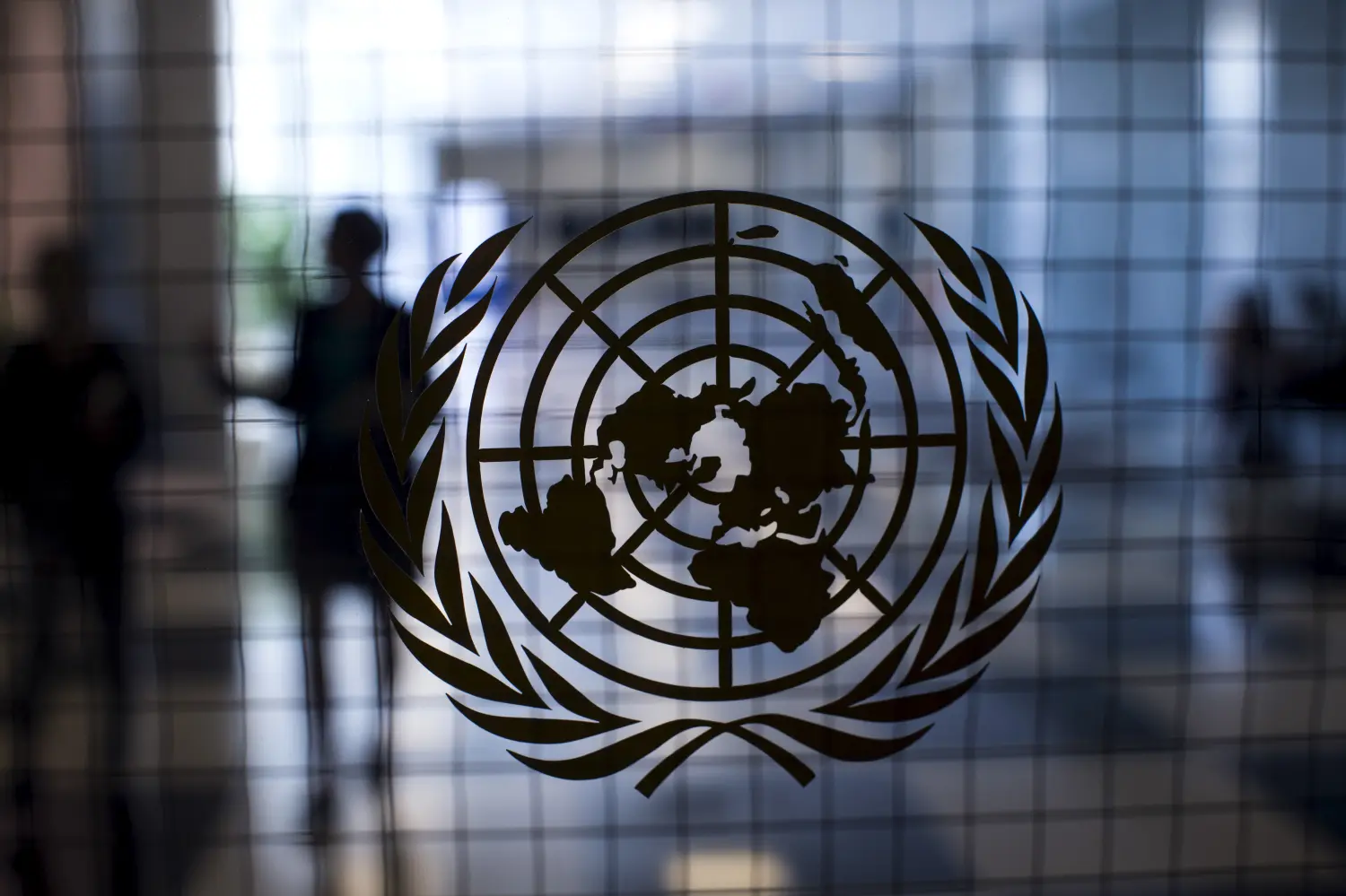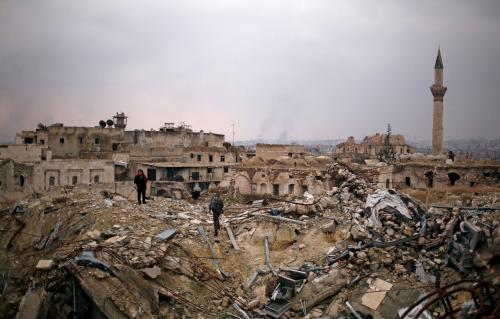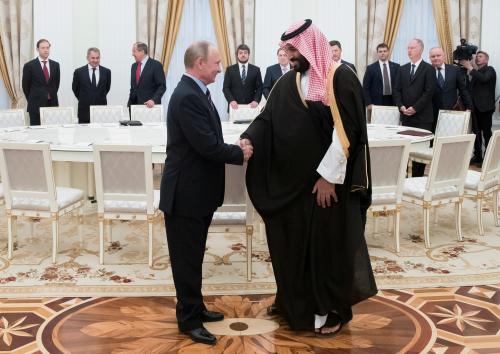As the world shifts into a period of renewed geopolitical competition, the multilateral order is straining to adapt. Both governments and the institutions that serve them recognize that circumstances are changing, and that multilateralism must change too — but so far, they have not agreed on a way forward. Anticipating the 75th anniversary of the forging of the United Nations, the Foreign Policy program at Brookings is examining the dynamics that increasingly define the future of multilateral order. Our objective is to help key governments chart a path both for themselves and for the major international institutions that balances adapting to the realities of great-power politics with preserving the current system’s capacity to mobilize collective action and protect (albeit imperfectly) vital core values.

U.S. Trade Policy
South Africa, AGOA, and nonalignment








